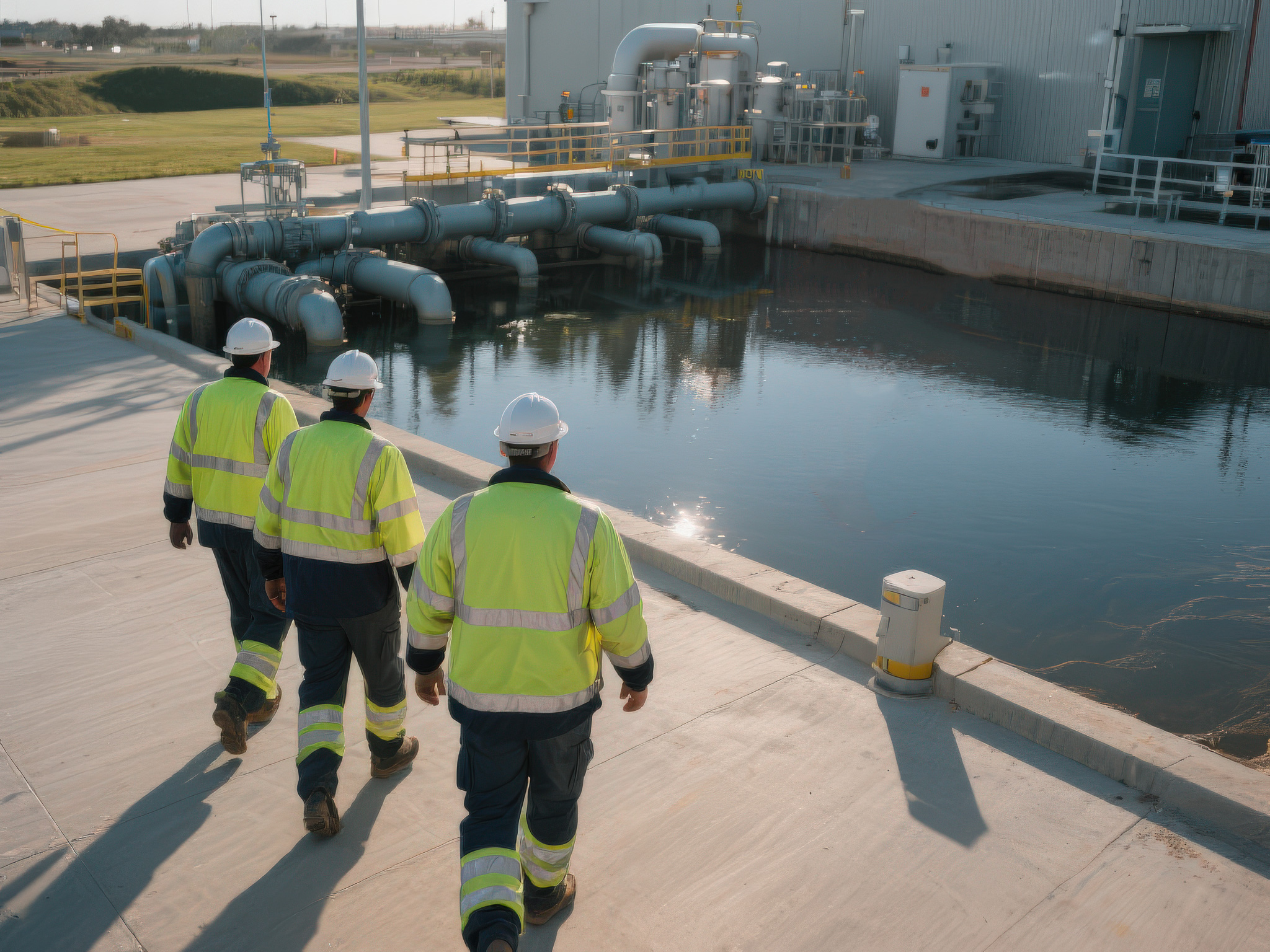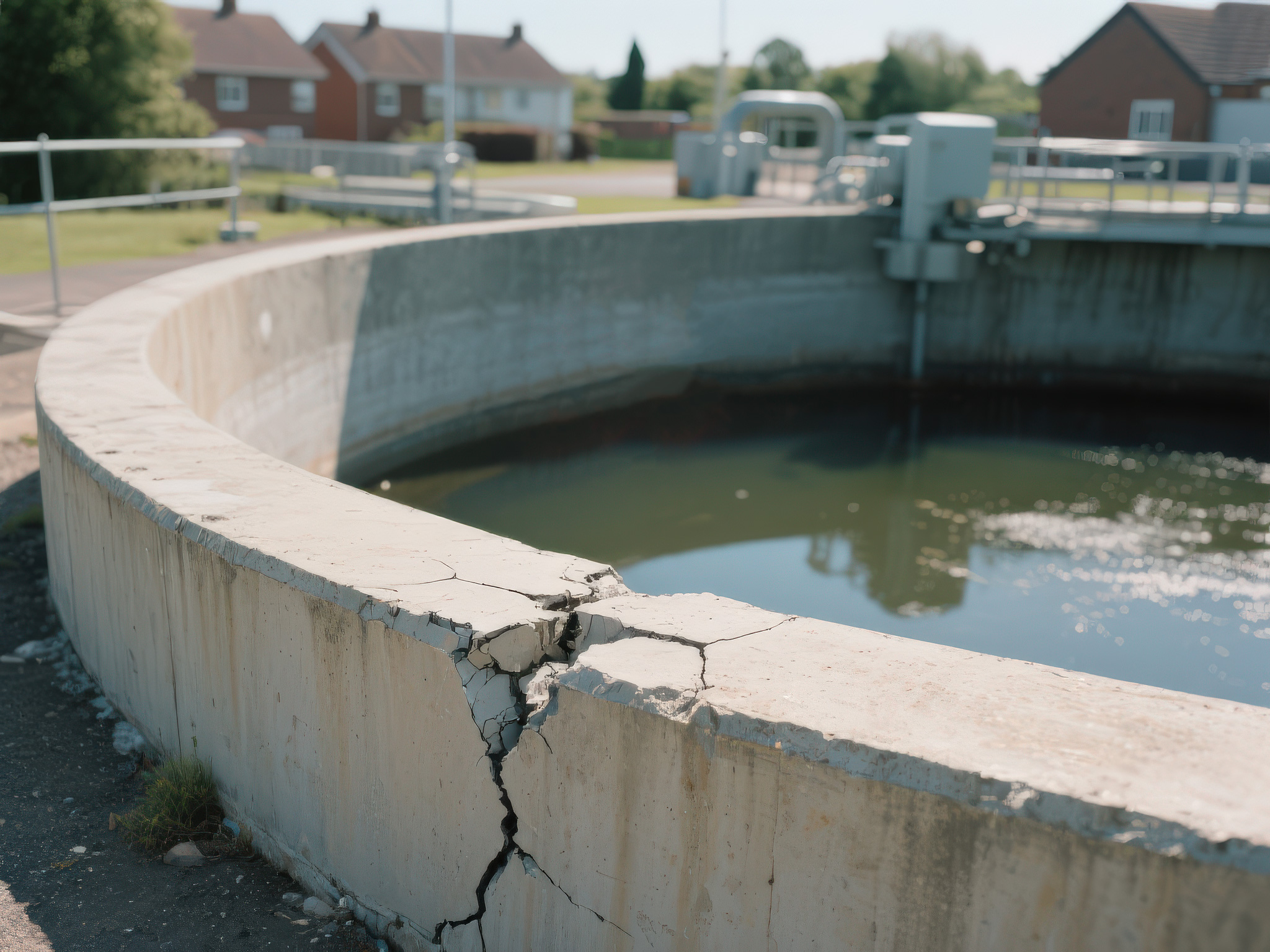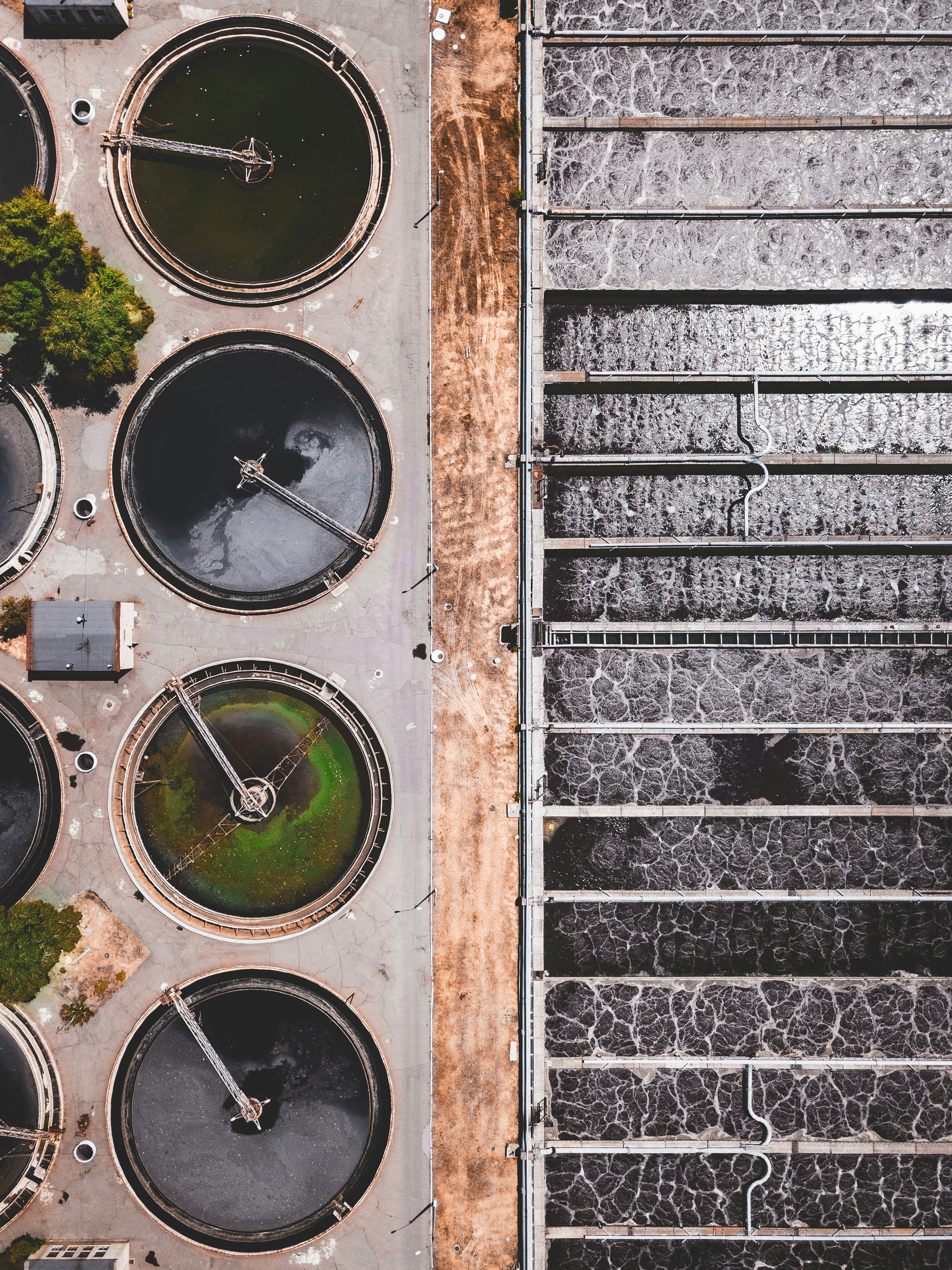1. THE CHALLENGE
A new reality for the water industry
The UK water industry is at a critical juncture. Facing a perfect storm of aging infrastructure, intense regulatory pressure, and public outcry over storm overflows, the old ways of working are no longer enough.
An Industry-Wide Crisis
• 4 million hours: Raw sewage was discharged into England's rivers and seas for roughly 4 million hours in 2024, with rivers and oceans having the highest environmental protection subjected to days of pollution.
• 1,271 spills per day: This equates to an average of over 1,200 spill events daily, making it a constant environmental and reputational issue.
Case Study: The Severn Trent Story
Like every water company, Severn Trent faced this monumental task. With AMP8 on the horizon, the question wasn't if they had to act, but how they could act at the scale and speed required.
The mission: A £450 million programme against time
Severn Trent's response was a bold £450 million investment programme to significantly reduce CSO spills. A core part of this involved the planning and subsequent construction of hundreds of new storm tanks.
The success of the entire programme hinged on an incredibly aggressive initial phase: all feasibility studies and site assessments had to be completed in just 90 days to allow the critical construction work to begin on schedule.
The roadblock: An outdated, analogue process
The traditional approach of deploying teams for manual surveys at hundreds of locations was immediately identified as a critical bottleneck. It was too slow, too expensive, and too labour-intensive. Severn Trent was at a crossroads, facing a question every asset manager understands:
"How can we rapidly and accurately assess hundreds of potential infrastructure sites across a vast network, without sacrificing quality, safety, or our budget?"
Your Challenge: How Does Your Current Process Measure Up?
The challenges Severn Trent faced are likely familiar. As you prepare for AMP8, take a moment to assess your own organisation's readiness.
The AMP8 readiness checklist
• Speed & efficiency: How long does it currently take your team to complete an initial feasibility study for a new asset? Could you confidently assess over 90 potential sites in a single day?
• Cost & resources: What are the hidden costs of your current site assessment process (travel, man-hours, revisits)? Are your most skilled engineers focused on high-value design or tied up with logistics?
• Data & accuracy: How confident are you in your existing asset data? Do all stakeholders work from a single, undisputed source of truth?
• Regulatory & risk: What is your biggest bottleneck when it comes to meeting tight regulatory deadlines? How do you mitigate risks from unforeseen issues early in the planning stage?
If these questions highlight familiar pain points, there is a better way to operate.

2. THE SOLUTION
A new playbook for a new era
To meet these demands, leading water companies are adopting a new, digital-first strategy. This isn't just about new software; it's about a new way of working.
Introducing The Digital Twin Playbook: a strategic approach that leverages accurate, 3D digital replicas of your project sites to de-risk planning and accelerate delivery. It's broken down into four simple plays.
Play 1: Identify Your High-Priority Projects
The digital twin approach delivers the highest return on investment on projects with high volume, tight deadlines, or difficult site access.
How to run the play: Review your capital programme for projects like a large-scale mains replacement, a series of pump station upgrades, or a major CSO reduction initiative. These are your prime candidates where the cost of repetitive site visits is a major bottleneck.
Severn Trent in action: Faced with their £450m CSO reduction programme and a 90-day deadline, Severn Trent identified this as the perfect high-impact candidate. The scale and urgency made their traditional process impossible, creating a clear business case for a new approach.
Play 2: Build Your Digital Twin
The foundation of this playbook is the digital twin. Think of it as a true-to-life digital version of your site, built so that all your existing project data (like GIS and design files) can be layered on top. This creates a single, reliable view of reality for everyone on the team.
How to run the play: Using survey technology like drones or laser scanners, capture detailed data of your project locations. This data is then processed in a platform like Sensat to generate a precise digital replica you can access from your web browser, eliminating the need for an initial physical site visit.
Severn Trent in action: Instead of dispatching survey teams, Severn Trent rapidly created accurate digital twins via Sensat for each potential storm tank location. This provided their planning teams with an immediate, on-demand virtual representation of the real-world environment.
Play 3: Run Your Virtual Site Assessments
With your digital twin built, your teams can now perform essential site assessment and feasibility tasks remotely, collaborating in real-time without leaving the office.
How to run the play: Open the digital twin and use built-in tools to measure distances and gradients, analyse access routes for construction vehicles, and share the model with stakeholders for collaborative review.
Severn Trent in action: Severn Trent's engineers used the Sensat platform to conduct virtual site assessments at an unprecedented scale. They achieved a breakthrough in productivity: 93 initial site assessments were successfully completed in a single day.
Play 4: Integrate Your Critical Data
A digital twin becomes a single source of truth when you layer it with all your other project data, providing complete context for smarter, data-driven decisions.
How to run the play: Overlay your existing datasets directly onto the 3D model. This can include network plans (CAD/GIS data), proposed 3D designs for new assets, and environmental constraints like flood zones or protected habitats.
Severn Trent in action: The team enriched their digital twins with planning data, allowing them to instantly see in the Sensat platform how a proposed tank would connect to the existing sewer network and whether it complied with regulations. This eliminated guesswork and helped them filter out non-viable sites far earlier.

3. THE RESULTS
An award-winning strategy
By adopting the Digital Twin Playbook, Severn Trent created a new standard for efficiency and excellence in capital project planning.
The Numbers: A Breakthrough in Performance
• 70% reduction in time spent on site assessments
• £736,000 estimated cost savings from reduced surveys and travel
• 93 initial site assessments completed in a single day
This success was recognised across the sector when Severn Trent and Sensat won the prestigious Water Industry Award for revolutionising CSO planning workflows.
Your Potential ROI: Calculate Your Savings
Use this simple worksheet to estimate the potential time and cost savings for one of your typical capital delivery projects.
Calculate your savings
4. YOUR TURN
Implementing the Digital Twin Playbook
The results demonstrate a clear path forward. It’s your turn to put these plays into action.
Getting Started: Your First Project Checklist
☑ 1. Identify your internal champion: Assign a clear owner with project decision-making or decision-influencing power (like a Head of Innovation or Capital Programme Director) to spearhead the initiative.
☑ 2. Select a high-impact pilot project: Choose an upcoming scheme with multiple sites, a tight deadline, or known access challenges.
☑ 3. Define your key success metric: Decide if your primary goal is improving speed, cutting costs, or enhancing safety.
☑ 4. Assemble your stakeholders: List the key internal and external teams who would benefit from a single source of truth.

THE OFFER
Let us help you get started
You've read the strategy, calculated the potential ROI, and identified a pilot project. Now is the time to put this playbook into action. With the AMP8 delivery clock ticking, the teams that move decisively will have a significant advantage.

